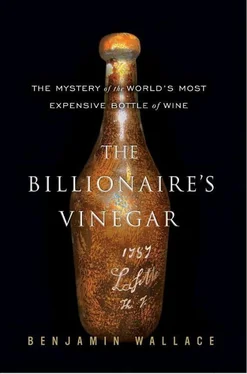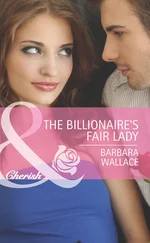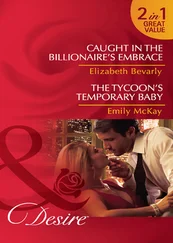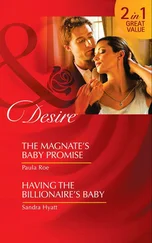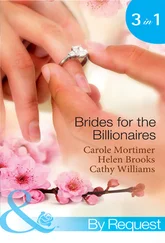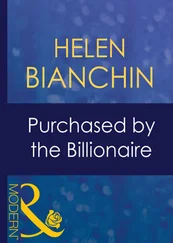The cellar also boasted an Impériale of Mouton Rothschild 1924. That was the year Philippe de Rothschild hired the Cubist-influenced poster artist Jean Carlu to do the label, a bold move in stodgy Bordeaux. Seeing the bottle, Molyneux-Berry gulped. How on earth had this Frericks fellow gotten his hands on that ? It surprised him that the bottle had a large label. Molyneux-Berry had sold one of these bottles himself at Sotheby’s a few years before, and it had a regular-size label. Here in the Frericks cellar, there were also magnums of Mouton from exceedingly rare years, and magnums of Pétrus 1928. Nearly all were in perfect condition. The magnums felt somehow off to Molyneux-Berry; there wasn’t anything specifically wrong, but they somehow weren’t right, either. Then he realized: On several of the labels, the colors were incorrect. What was supposed to be red was more of a pink; what was supposed to be green was closer to turquoise. Molyneux-Berry believed he was surrounded by fakes.
Frericks had a perfectly maintained cellar book, and without looking at it, Molyneux-Berry began moving around the room, calling out the names and vintages of the bottles he thought were bogus. Behind him, von Spreti, reading from the immaculately kept cellar book, said, “Origin, Rodenstock.” Over and over, “Origin, Rodenstock.” Rodenstock had sold eighty bottles to Frericks, for a total of 150,000 marks, or $71,000. They included, besides the two Jefferson bottles, Lafites from 1844, 1858, 1864, and 1875; Yquems from 1852 and 1869; and Pétrus, all in double magnums, from 1921, 1924, 1926, 1928, and 1929. Every one of the bottles Molyneux-Berry thought were counterfeits turned out to have been sourced from Rodenstock.
Molyneux-Berry took another look at the ’24 Mouton Impériale. Its colors were off, too, but there was something else. Not only were they wrong, they were wrong in a way that was vaguely familiar to Molyneux-Berry. Where had he seen those colors before? Suddenly, Molyneux-Berry remembered. A few years earlier, Mouton-Rothschild had published a coffee-table book, an illustrated history of its artist-commissioned labels. The book had reproduced the label colors in exactly the same wrong way. It was an artifact of the printing process.
After returning to London, Molyneux-Berry did further research. He called Mouton, which confirmed that only three Impériales had been produced in 1924, and that it was highly unlikely any would have had a large label. Molyneux-Berry also phoned Monticello, which informed him of the scholarly doubts about the attribution of the Jefferson bottles. And following the Three Emperors dinner that fall, he heard reports of the suspect Pétrus bottles served there.
Only twice in his twenty years in the auction business had Molyneux-Berry refused a cellar. In one of the situations, “the guy was clearly involved in crime.” In the second, the cellar, containing forty cases of 1982 first growths and 1982 Pétrus, belonged to a South American diplomat in Belgium; the auctioneer was convinced that drug money was being laundered. Now, Molyneux-Berry refused his third. On December 1, 1989, he sent a carefully worded letter to Frericks, politely declining the opportunity to auction his cellar and mentioning “significant doubt as to [the] origin” of some of the wine. “It was code,” Molyneux-Berry said later, “for ‘these bottles are fakes.’”
Soon after, Molyneux-Berry had another encounter with some Rodenstock wines. This time they were consigned to Farr Vintners, the London broker that had recently sold Bill Koch his four Jefferson bottles. The wines included an eighteenth-century Latour, which the head of the château wanted to give to a valued Japanese client. But first he asked Molyneux-Berry to assess the bottle’s condition and provenance for him. Molyneux-Berry went down to the Farr offices and examined the bottle. Supposedly it came from the million-dollar cache Rodenstock claimed to have found in Venezuela. The bottle was old, but there was no provenance attached to it whatsoever. “I can’t say it is,” Molyneux-Berry concluded, “and I can’t say it isn’t.”
By now, Molyneux-Berry was convinced that Rodenstock was a forger. It wasn’t just the Frericks cellar or the Latour. Molyneux-Berry also recalled how several of the bottles Rodenstock had bought from Sotheby’s had extremely low ullages. There had been a 1921 Trockenbeerenauslese like that, and later Molyneux-Berry had heard that Rodenstock had sold a bottle of the same wine, this one filled to the brim. Another time, Rodenstock had bought an empty Cognac bottle from the 1811 Comet vintage; later he had sold a full bottle of the same. Molyneux-Berry couldn’t prove they weren’t entirely different bottles, but they added to his doubts. Molyneux-Berry had come to believe that Rodenstock was “quite an evil man. If you look in his eyes, you see there’s something cruel about him. They say, ‘You don’t know that I’m tricking you.’ He’s having a massive laugh at the wine world.” The auctioneer went to Grey Gowrie, then Sotheby’s chairman, and asked if the auction house might expose Rodenstock. The chairman, as Molyneux-Berry would recall later, replied that there was no percentage in alienating a potential client.
Early in 1991, Molyneux-Berry was flipping through an industry weekly called Harper’s Wine & Spirit Gazette when a Christie’s ad caught his eye. There, reproduced and silhouetted, were four large bottles of Pétrus and a 1924 Impériale of Mouton. He recognized them immediately as having come from the Frericks cellar. Molyneux-Berry called Broadbent. “I blew a wobbly,” Molyneux-Berry said later. “It’s not often that I lose my rag, but I said to Michael, ‘How dare you do what you’re doing? I’m certain they’re fakes.’”
“What Pétrus?” Broadbent said.
What Pétrus? As if Broadbent sold 1920s Pétrus all the time? Molyneux-Berry was enraged.
“Michael, how dare you?!” Molyneux-Berry said. “How dare you?!”
“Well, anyway,” Broadbent said, “Rodenstock has made Frericks withdraw the bottles. They’re not going to be in the sale.”
CHAPTER 13

RADIOACTIVE
MICHAEL BROADBENT—NOW IN HIS SIXTIES, hair gone white—stood in an administrative room on the campus of GSF-Forschungszentrum für Umwelt und Gesundheit, a government research institute in a desolate northern suburb of Munich. Before him was a long table covered with a white cloth. Hans-Peter Frericks and a couple of French journalists from Gault-Millau were to his left, a pair of German scientists to his right, all side by side in a line, all focused on one thing. Frericks had decided to have his bottle of 1787 Lafite forensically analyzed by scientists. It was July 19, 1991, and Broadbent had flown in from London for this. With a set of small hammers, he had just breached the seal. It was clearly less than ten years old. Broadbent drew the cork. It crumbled but came out quite easily, uncommon for a very old wine. Broadbent was worried.
The public doubts about his authentication of the Jefferson bottles hadn’t dissipated. In 1990 a British article on counterfeit wine had quoted Monticello’s Cinder Goodwin, who had married and was now Cinder Stanton, as saying, “I am not particularly impressed with Christie’s research.” Just this year Wine Spectator had run a cover story about Jefferson, “America’s First Wine Connoisseur,” accompanied by a sidebar about the Jefferson bottles, titled “Authentic Old Bottles, but Were They Jefferson’s?” Though it took on faith the assessment by Broadbent that the bottles were legitimately old, and failed to mention that the magazine’s proprietor, Marvin Shanken, owned one, the short piece rehashed the old arguments about the attribution to Jefferson. The recent furor between Rodenstock and Frericks posed the most serious challenge yet, and Broadbent was increasingly troubled by Rodenstock’s refusal to reveal—even to him, even now—anything more about the bottles’ provenance.
Читать дальше
